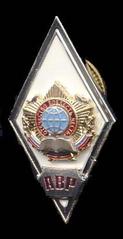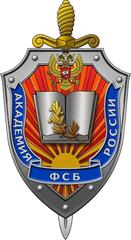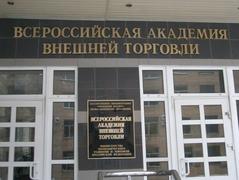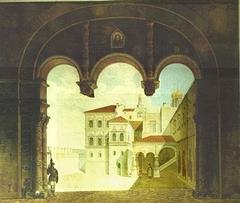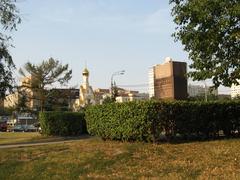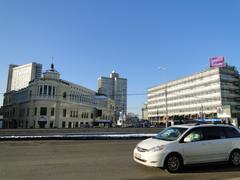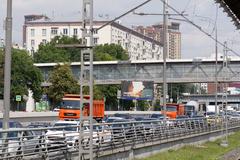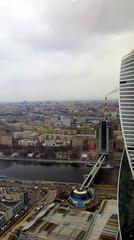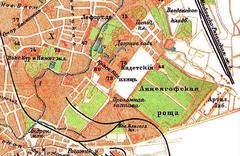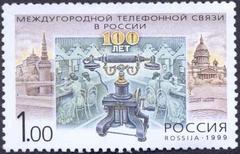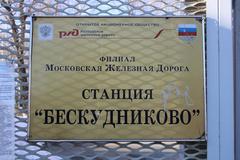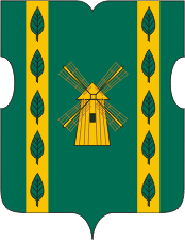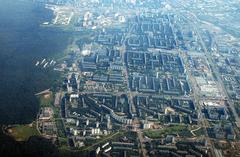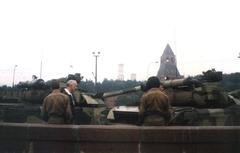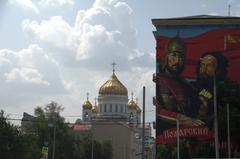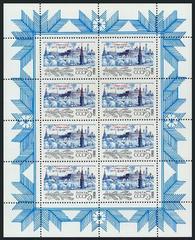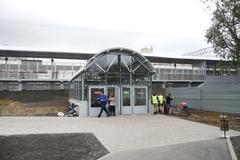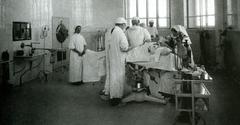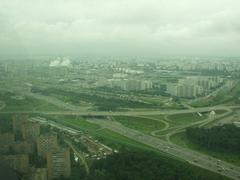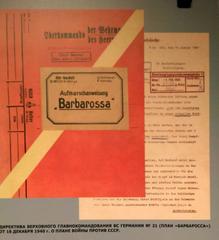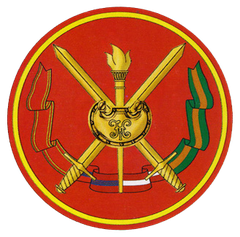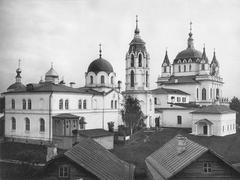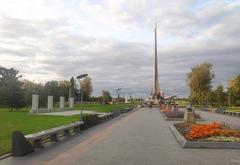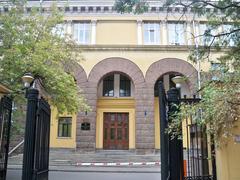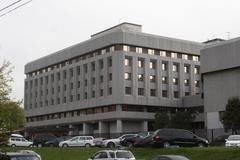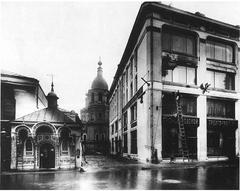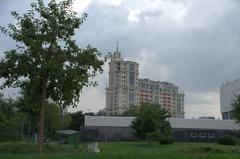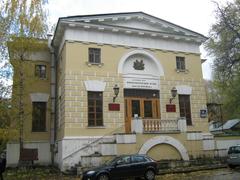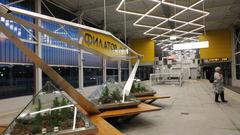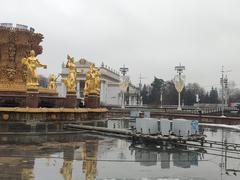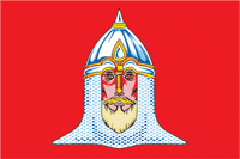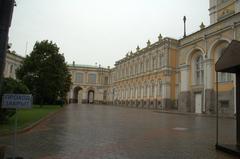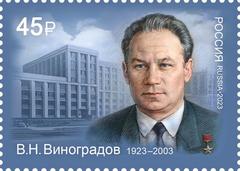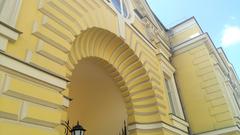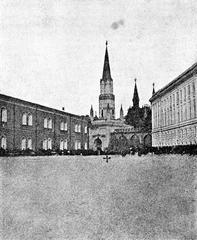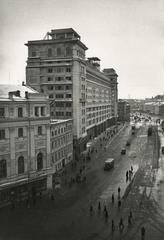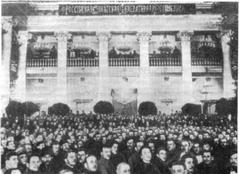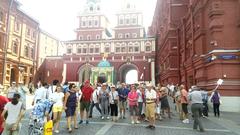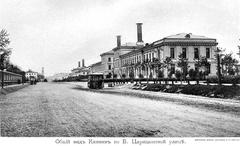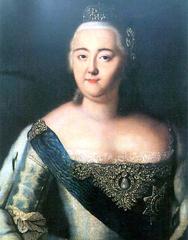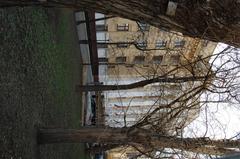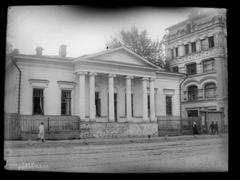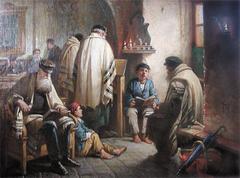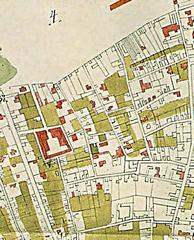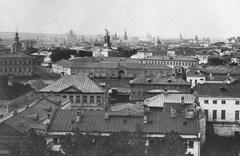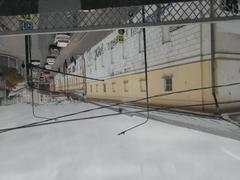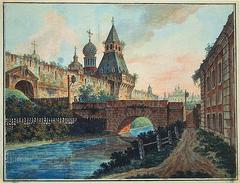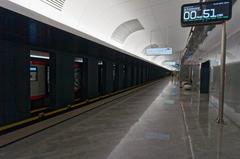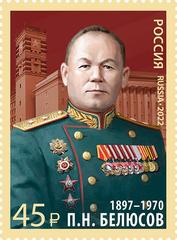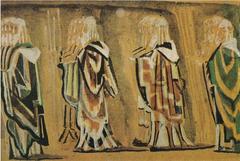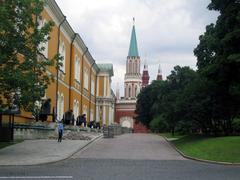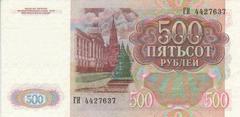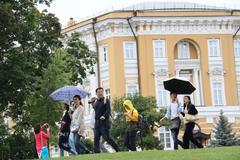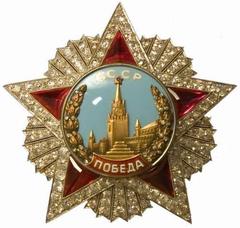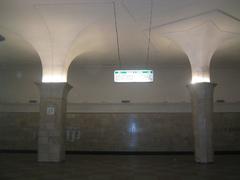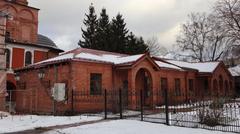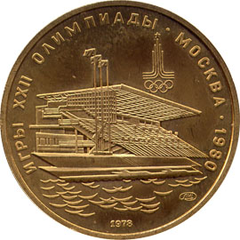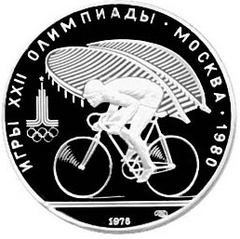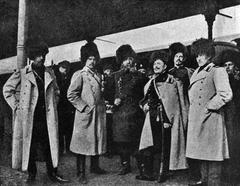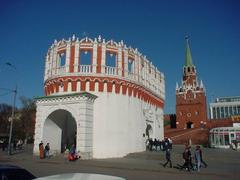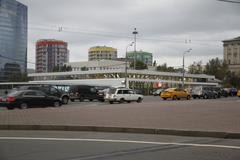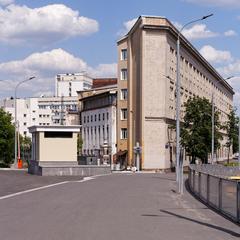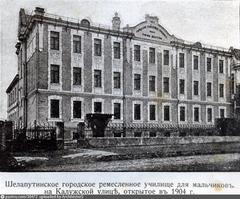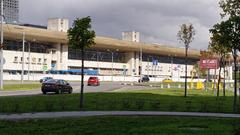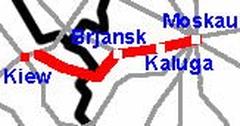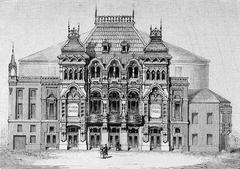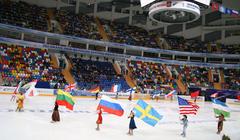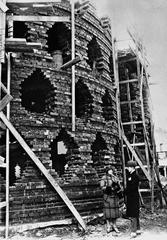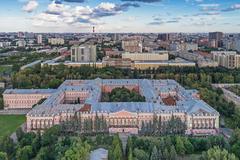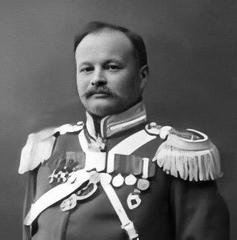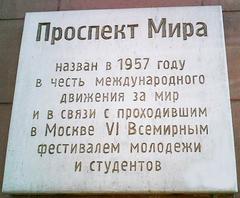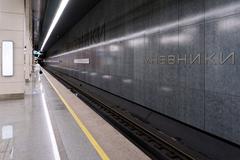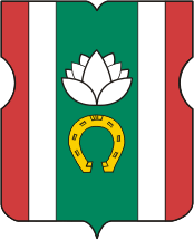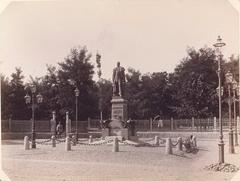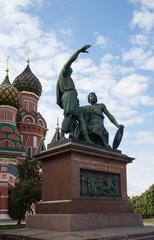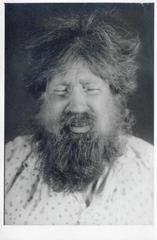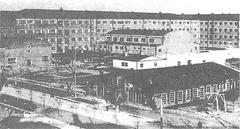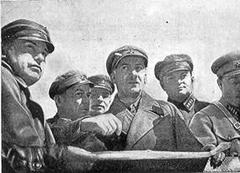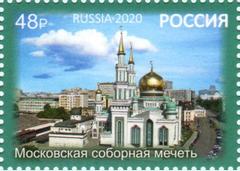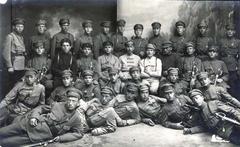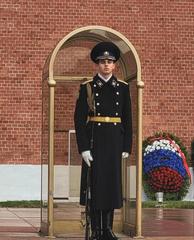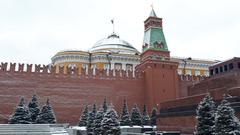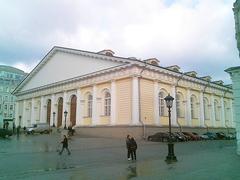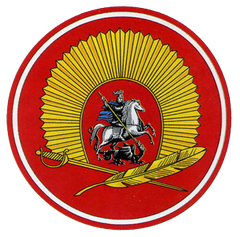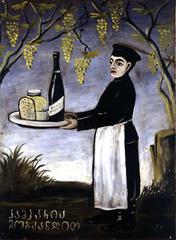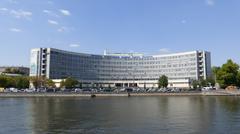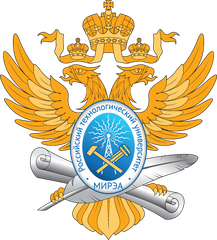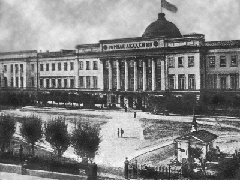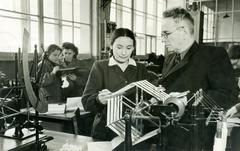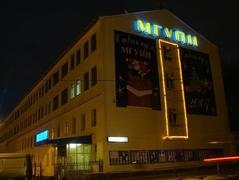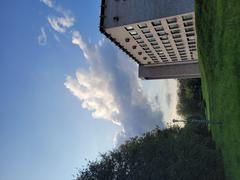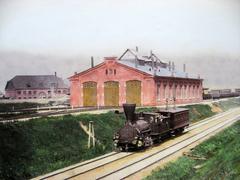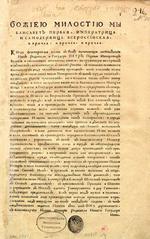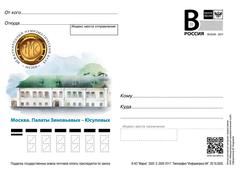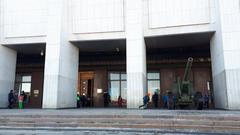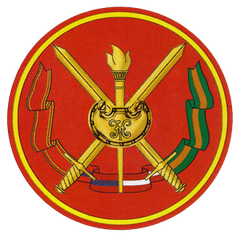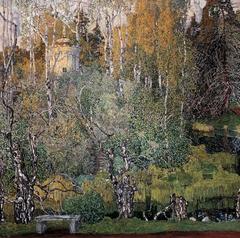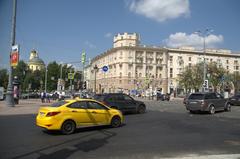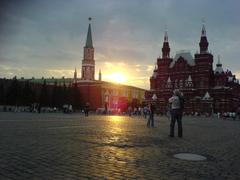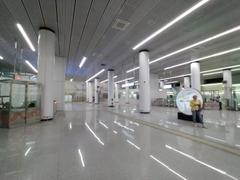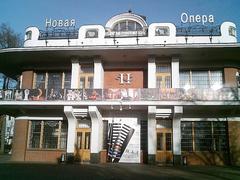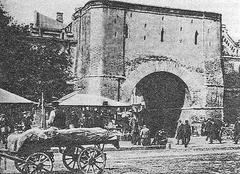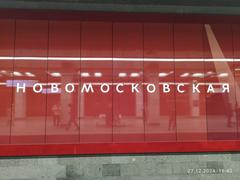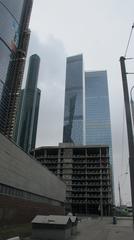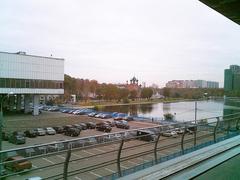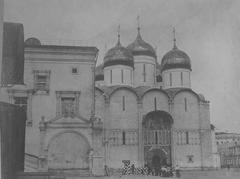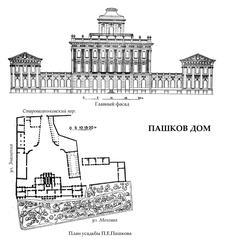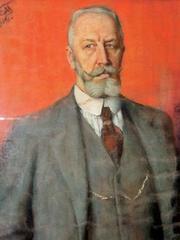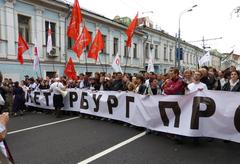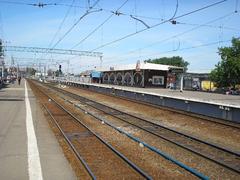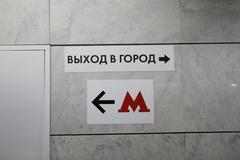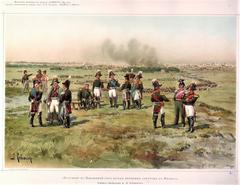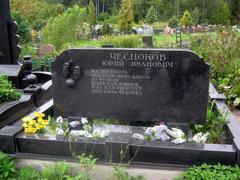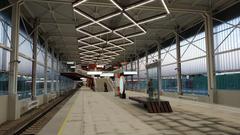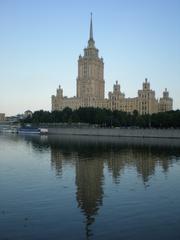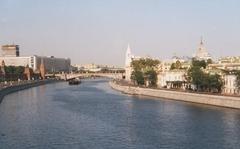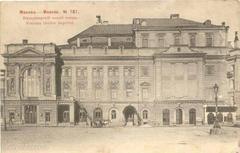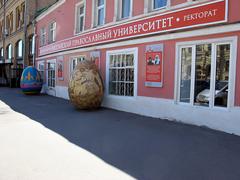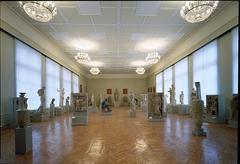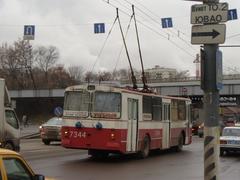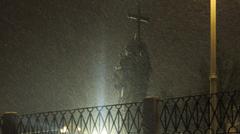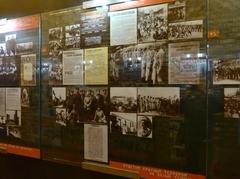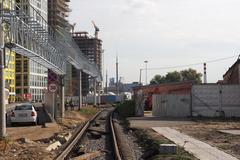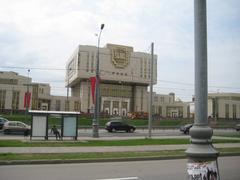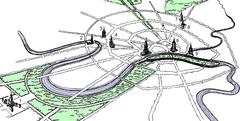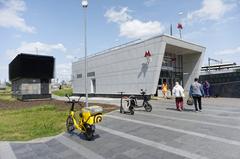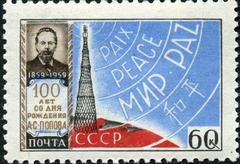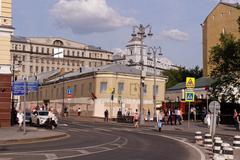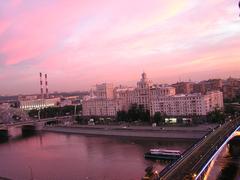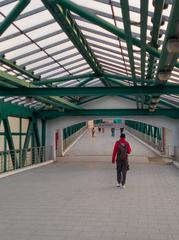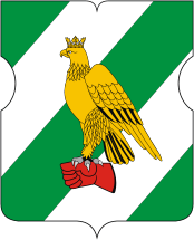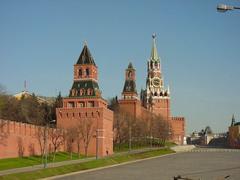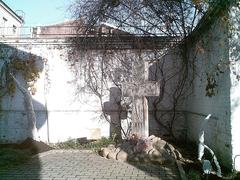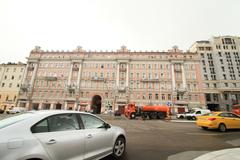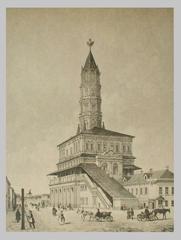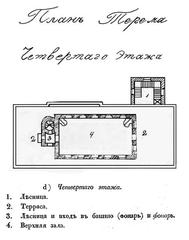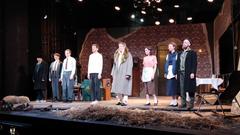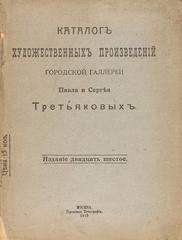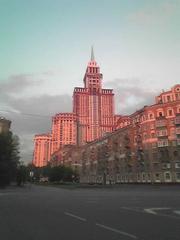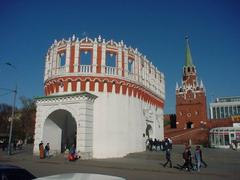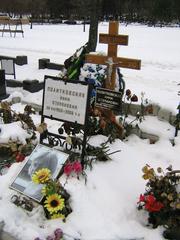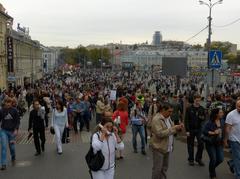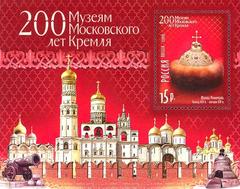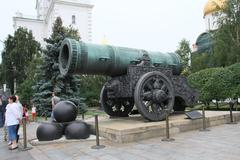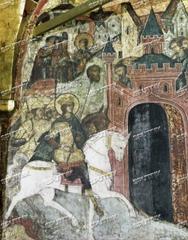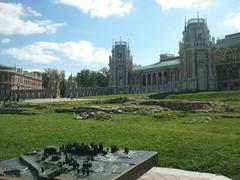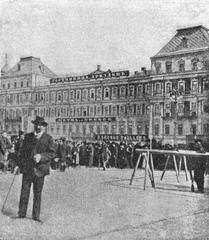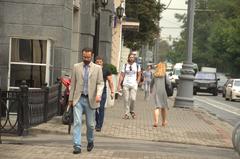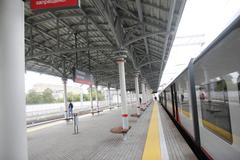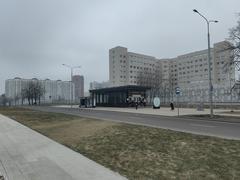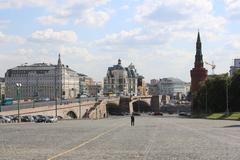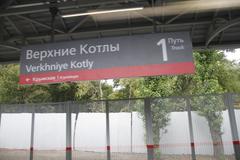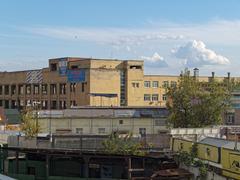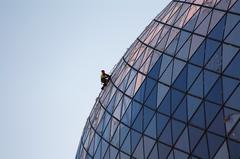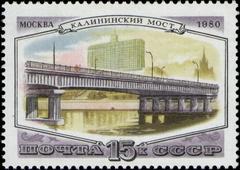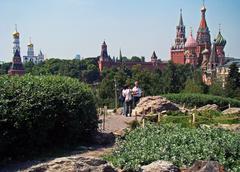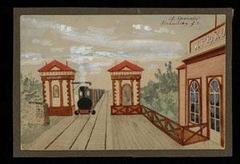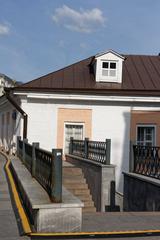Visiting the Monument to Griboyedov: Hours, Tickets, and Tips
Date: 17/08/2024
Introduction
Nestled at the beginning of Chistoprudny Boulevard, the Monument to Alexander Sergeyevich Griboyedov stands as a testament to the Russian diplomat, poet, and playwright’s enduring legacy. Unveiled in 1959, this monument honors Griboyedov’s significant contributions to Russian literature and diplomacy, serving as both a cultural landmark and a historical symbol intertwined with Moscow’s rich past. Visitors are drawn to its artistic design, historical significance, and the cultural impact of Griboyedov’s works, particularly his seminal play “Woe from Wit” (Russia Beyond). This comprehensive guide will explore the monument’s history, design, cultural importance, and essential visitor information, including visiting hours, travel tips, and nearby attractions, making it a must-read for anyone planning to explore this iconic Moscow site (Travel Advisor).
Table of Contents
- [Introduction](#introductionintroduction)
- [History of the Monument](#history-of-the-monumenthistory-of-the-monument)
- [Origins and Inception](#origins-and-inceptionorigins-and-inception)
- [Design and Artistic Elements](#design-and-artistic-elementsdesign-and-artistic-elements)
- [Location and Significance](#location-and-significancelocation-and-significance)
- [Historical Context](#historical-contexthistorical-context)
- [Cultural Impact](#cultural-impactcultural-impact)
- [Commemoration and Legacy](#commemoration-and-legacycommemoration-and-legacy)
- [Visitor Information](#visitor-informationvisitor-information)
- [Visiting Hours and Tickets](#visiting-hours-and-ticketsvisiting-hours-and-tickets)
- [Travel Tips](#travel-tipstravel-tips)
- [Conclusion](#conclusionconclusion)
- [FAQ](#faqfaq)
- [Additional Resources](#additional-resourcesadditional-resources)
History of the Monument
Origins and Inception
The Monument to Alexander Sergeyevich Griboyedov in Moscow was erected to honor the legacy of the Russian diplomat, poet, and playwright. The monument was unveiled in 1959, coinciding with the 130th anniversary of Griboyedov’s tragic death in Tehran. Griboyedov, born in Moscow, was a prominent figure in Russian literature and diplomacy. His untimely death in 1829, at the hands of a mob in Tehran, left a significant mark on Russian history (Travel Advisor).
Design and Artistic Elements
The monument was designed by the talented sculptor Alexander Apollonovich Manuilov, who managed to capture the stateliness and aristocratic features of Griboyedov’s face. The architect Alexander Alexeyevich Zavarzin also contributed to the creation of this expressive monument. The bronze figure of Griboyedov stands on a high pedestal, resembling a column, which adds to the monument’s majestic and ceremonial appearance (Travel Advisor).
The base of the pedestal is adorned with small sculptures depicting characters from Griboyedov’s famous comedy “Woe from Wit.” This play is a cornerstone of Russian literature and is often quoted by educated Russians. The pedestal is also decorated with a half-open theater curtain, symbolizing Griboyedov’s contributions to Russian theater and literature (Going Rus).
Location and Significance
Historical Context
Griboyedov’s death was a significant event in Russian-Persian relations. On January 30, 1829, a mob of religious fanatics attacked the Russian embassy in Tehran, killing Griboyedov and other embassy staff. His body was so disfigured that it was only identified by a scar on his left hand, obtained during a duel with Yakubovich in 1818 (Going Rus).
To mitigate the political fallout from this tragedy, the Shah of Persia sent his grandson to St. Petersburg and presented the Russian Emperor Nicholas I with a precious Shah diamond. This gesture was an attempt to smooth over the diplomatic crisis caused by the murder of Griboyedov and his colleagues (Travel Advisor).
Cultural Impact
Griboyedov’s legacy extends beyond his diplomatic career. He is immortalized in Russian literature, particularly through his play “Woe from Wit.” This play is a satirical critique of Russian society and remains a staple in Russian school and university curriculums. The play’s protagonist, Alexander Chatsky, represents progressive views clashing with the conservative attitudes of Moscow society. This theme of old versus new has become a recurring motif in Russian literature (Russia Beyond).
Griboyedov’s influence is also evident in the Russian language. His play has contributed numerous aphorisms and expressions that are still in use today. Phrases like “Happy people don’t notice the time” and “The houses may be new, but the attitudes are old” are examples of his enduring impact on Russian culture (Russia Beyond).
Commemoration and Legacy
Griboyedov’s importance as a writer was recognized as early as the 19th century. His statue was included alongside those of other literary giants like Lermontov, Pushkin, and Gogol in the Millennium of Russia Monument, erected in Veliky Novgorod in 1862 (Russia Beyond).
In addition to the monument in Moscow, Griboyedov is commemorated in various other ways. The Griboyedov Canal in St. Petersburg is named in his honor, and his surname became a household name thanks to Mikhail Bulgakov’s novel “Master and Margarita,” where the writers’ association meets in a building called Griboyedov House (Russia Beyond).
Visitor Information
The Monument to Griboyedov is beautifully illuminated in the evenings, making it a popular spot for both locals and tourists. It stands about 9 meters high, offering a striking visual against the backdrop of Chistoprudny Boulevard. Visitors can easily access the monument via public transportation, with several bus and metro routes leading to the area (Travel Advisor).
Visiting Hours and Tickets
The monument is accessible to the public 24/7, and there is no admission fee. Visitors are encouraged to visit during daylight hours for the best experience, though the evening illumination provides a unique perspective.
Travel Tips
- Best Time to Visit: Early morning or late afternoon to avoid crowds and get the best lighting for photographs.
- Nearby Attractions: Chistye Prudy, Sovremennik Theatre, and the historic Myasnitskaya Street.
- Guided Tours: Available through local tour operators and often include other nearby historical sites.
- Photographic Spots: The statue itself, the detailed pedestal, and the surrounding park area provide excellent photo opportunities.
Conclusion
The Monument to Griboyedov in Moscow is not just a tribute to a significant literary and diplomatic figure but also a symbol of the enduring cultural and historical ties between Russia and its past. Its location, design, and the story behind its creation make it a must-visit for anyone interested in Russian history and literature. Plan your visit today and delve into the rich tapestry of Moscow’s historical sites. For more information on other attractions in Moscow, check out our related posts and follow us on social media for updates.
FAQ
What are the visiting hours for the Monument to Griboyedov?
The monument is accessible 24/7 as it is located in a public space.
Is there an entrance fee for the Monument to Griboyedov?
No, there is no admission fee to visit the monument.
How do I get to the Monument to Griboyedov?
The nearest metro station is Chistye Prudy, which is a short walk from the monument.
Are guided tours available?
Yes, guided tours are available and often include visits to other literary landmarks in Moscow.
